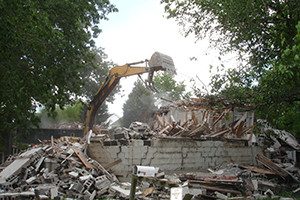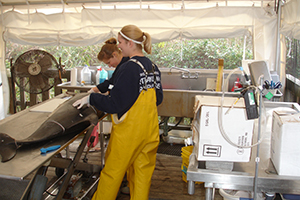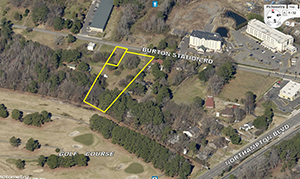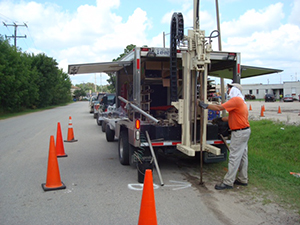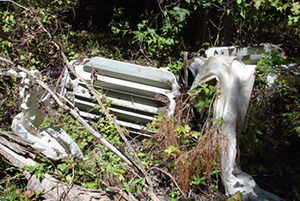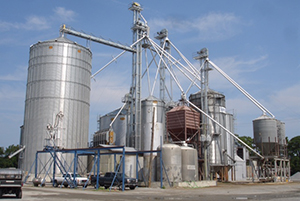PECS completes Environmental Compliance Audits (ECAs) for clients to identify minimum requirements for environmental regulatory compliance with applicable Federal, State and local regulations. Various benefits have been attributed to audits. These benefits may include a better understanding of the compliance status of a facility or organization, identification of opportunities for environmental management systems improvements, reduction or elimination of potential legal and financial liabilities when implemented as part of a comprehensive compliance management program, better communications and improved relationships with governmental agencies, communities, and other stakeholders, providing information for development of both short-term and long-term environmental expenditures, and education of employees.
A number of important legal issues are associated with audits. Example legal issues include the qualification for one or more evidentiary privileges, the qualification for limited immunity, the protection of trade secrets and confidential information, the application of a number of government policies associated with environmental audits (including Federal and State programs that provide incentives for detecting, disclosing, and correcting potential violations through auditing), the form and language of audit reports, the necessity of reporting certain information to the government, the potential liability of auditors, and the importance of promptly addressing issues identified during audits. Prior to initiating and during an audit, interested parties should consider potential legal issues and consult legal counsel or other experts as appropriate.
